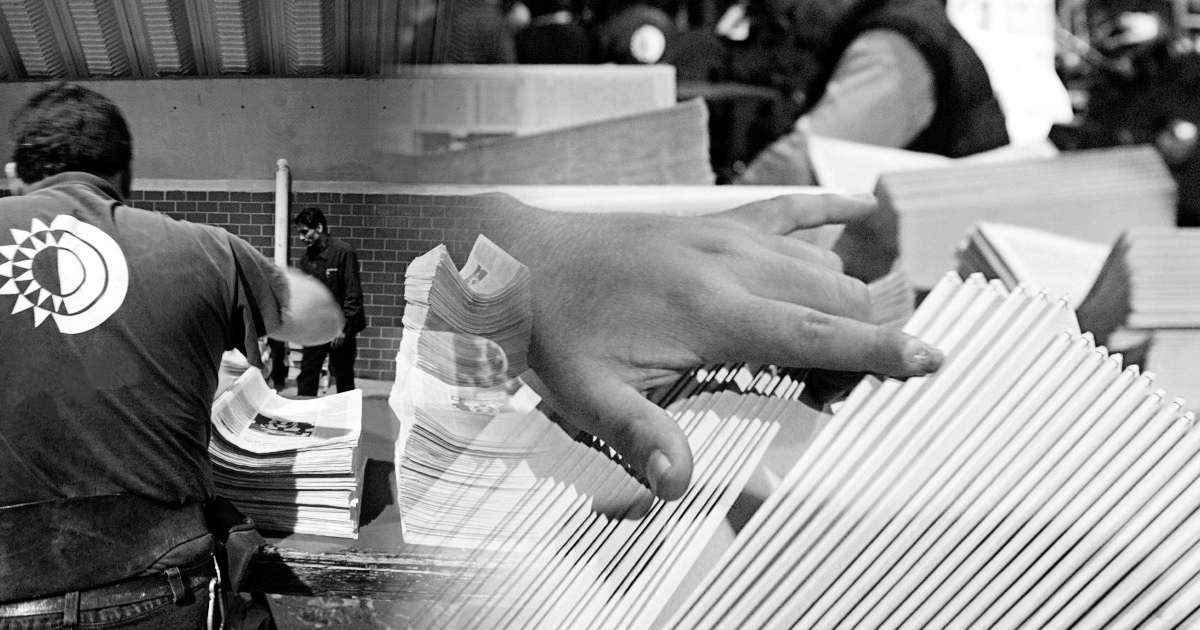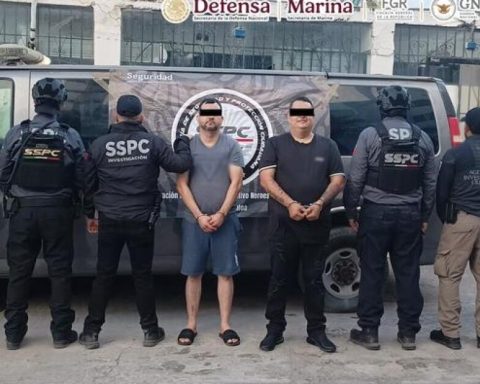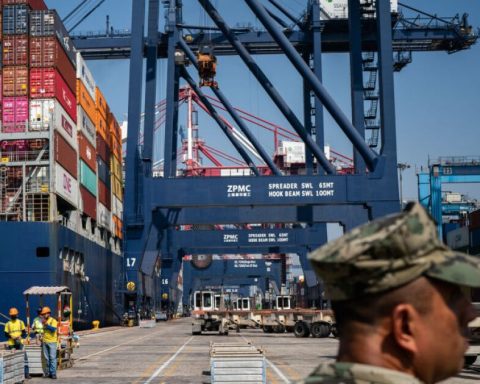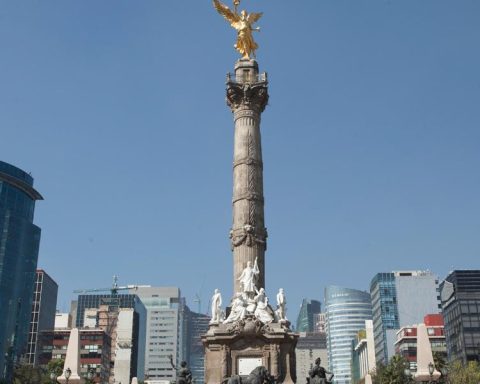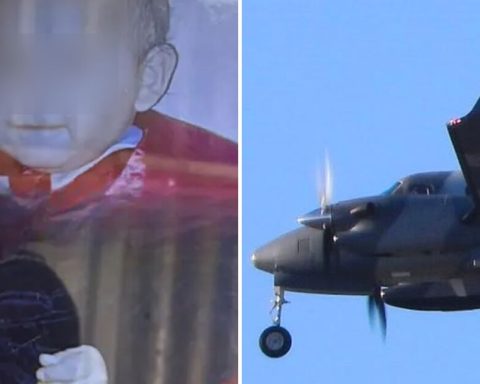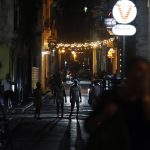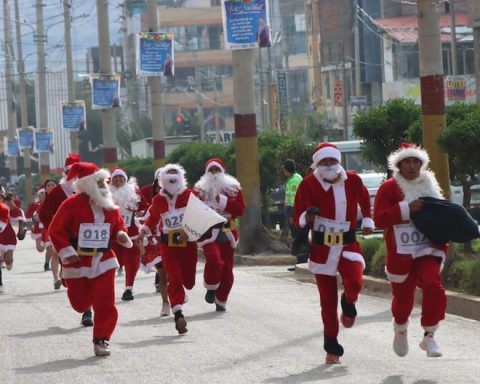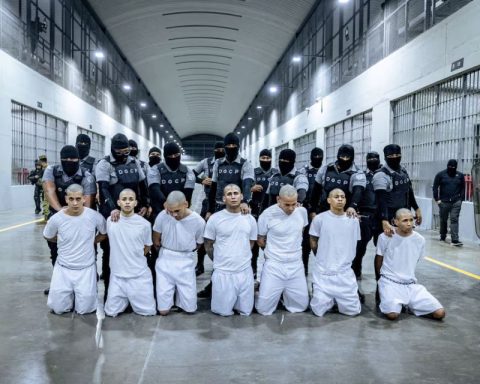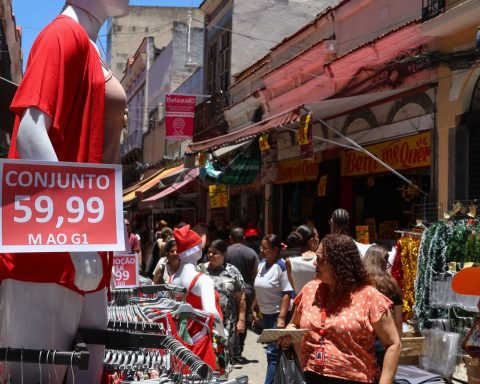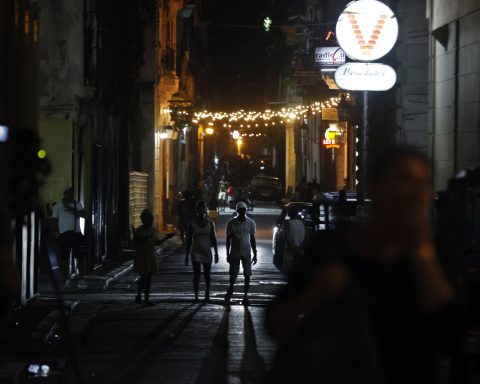L
big ace Fuel pans gradually caught fire at the Matanzas Supertanker Base, in the west of the island. The flames, which began in the late afternoon of August 5 after a thunderstorm and extinguished five days later, reduced the huge containers almost to ashes. The steel structures and geodesic domes of the roof melted in the fire and hurtled toward the foundations of the tanks like a worn black sail.
This is how the guts of a dying colossus look now, not dead. There is a frantic work of cleaning and reconstruction, to maintain the vitality of the tanks that were left standing and build on the wreckage, when they finish removing the twisted iron and the still smoldering embers.
The journalists who covered this fire, the largest that occurred on the island in more than 100 years, met yesterday in the city of Matanzas to tell what they experienced and inaugurate an exhibition of photographs entitled Memories of Fire, which is the first attempt to take distance from some events that everyone feels are the most dramatic of their lives.
No press professional was seriously injured, which is a miracle, because some were a few meters from one of the tanks with a capacity of up to 50,000 cubic meters of oil that broke, after emitting a whistle that they will remember forever. There were also, by the way, President Miguel Díaz-Canel, a group of ministers and civil and military authorities, who had withdrawn a few minutes before the tongues of fire threatened to swallow everything that was several kilometers around. . Fourteen firefighters died instantly – two more would die on the way or in the hospital. In the end 146 people were injured, some still struggling between life and death.
The Super Tanker Base lost four of the eight main tanks of the facility in Matanzas Bay, which play a crucial role in the country’s electrical system, from crisis to crisis due to the ravages of the US blockade. It operates a large pipeline that receives Cuban crude, stores it and then transports it to thermoelectric plants. It also has five piers in the surrounding area that serve as a center for unloading and transshipment of imported crude oil, fuel oil and diesel.
By a whim of nature, the fire started in the last tank of a battery of four aligned to the east, in favor of the strong winds of the bay. A nearby town, Versailles, was quickly evacuated. The help of firefighters from Mexico and Venezuela marked the turning point of this tragedy, because the fire could be controlled 48 hours after the experience and forces of the three countries intervened simultaneously and the water cannons and the foam that friends contributed. Among the most moving images in the exhibition are scenes gilded by flames that we have only seen before in movies and faces of firefighters blurred by clouds of water and soot, indistinguishable except for the insignia of their countries on the helmet or embroidered on the sleeve of the shirt, which warns us that photography, after all, is a language that speaks and moves on its own.
Memories of Fire, the exhibition shown at the house of the Union of Cuban Journalists in Matanzas, revolves around the idea that photographs not only show human traumas, in this case those derived from an unprecedented catastrophe, but the very trauma of the images. The photos also moan and lament, because they have their metabolism and stop being a document to become a tangible reality that shows their own scars.
Eduardo Galeano, by the way, explains it wonderfully in his Memory of Fire trilogy, from which this exhibition takes its name. It tells the story of Cuban photographer Chinolope, who was almost a beggar in New York in 1957 when someone lent him an old camera to earn a few dollars. He sensed a shooting at a barbershop and went in and took the picture of the year. Gangster Joe Anastasia had been gunned down while he was shaving. “The Chinolope had managed to photograph death,” writes Galeano. Death was there: not in the dead man, nor in the matador. Death was on the face of the barber who saw it.”
We have seen in Cuba since August 5, during and after the fire, chains of shocking testimonies on that journey that peoples invariably make from pain to solidarity. Few stories could say as much as the photo of the firefighters from Mexico, Venezuela and Cuba at the Matanzas Supertanker Base.
(See the images at: https://www.cubaperiodistas.cu/index.php/2022/08/memorias-del-fuego/)
